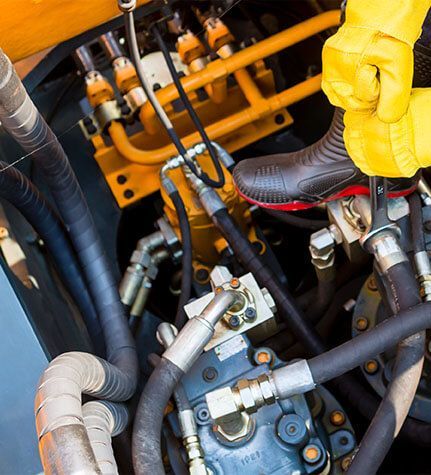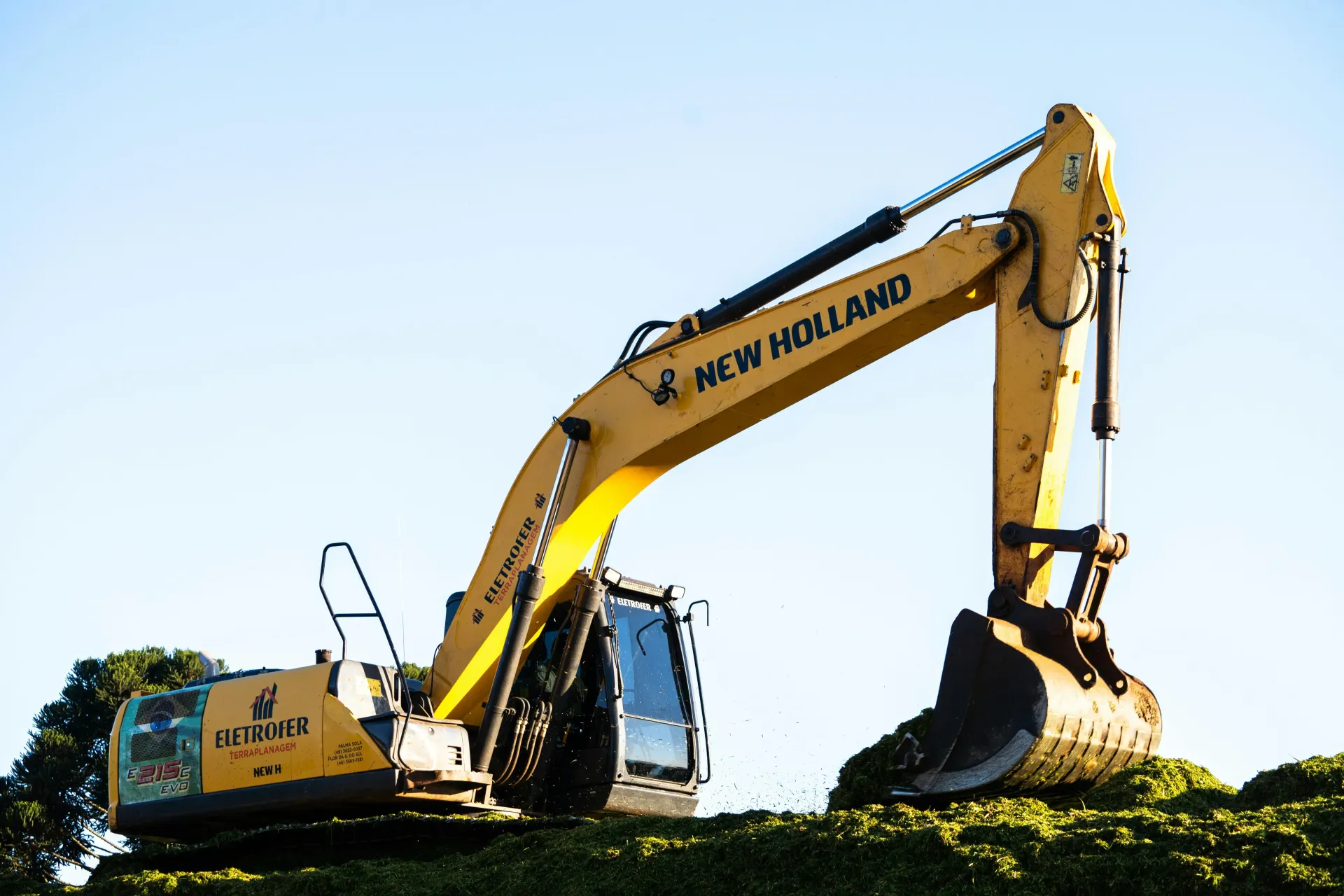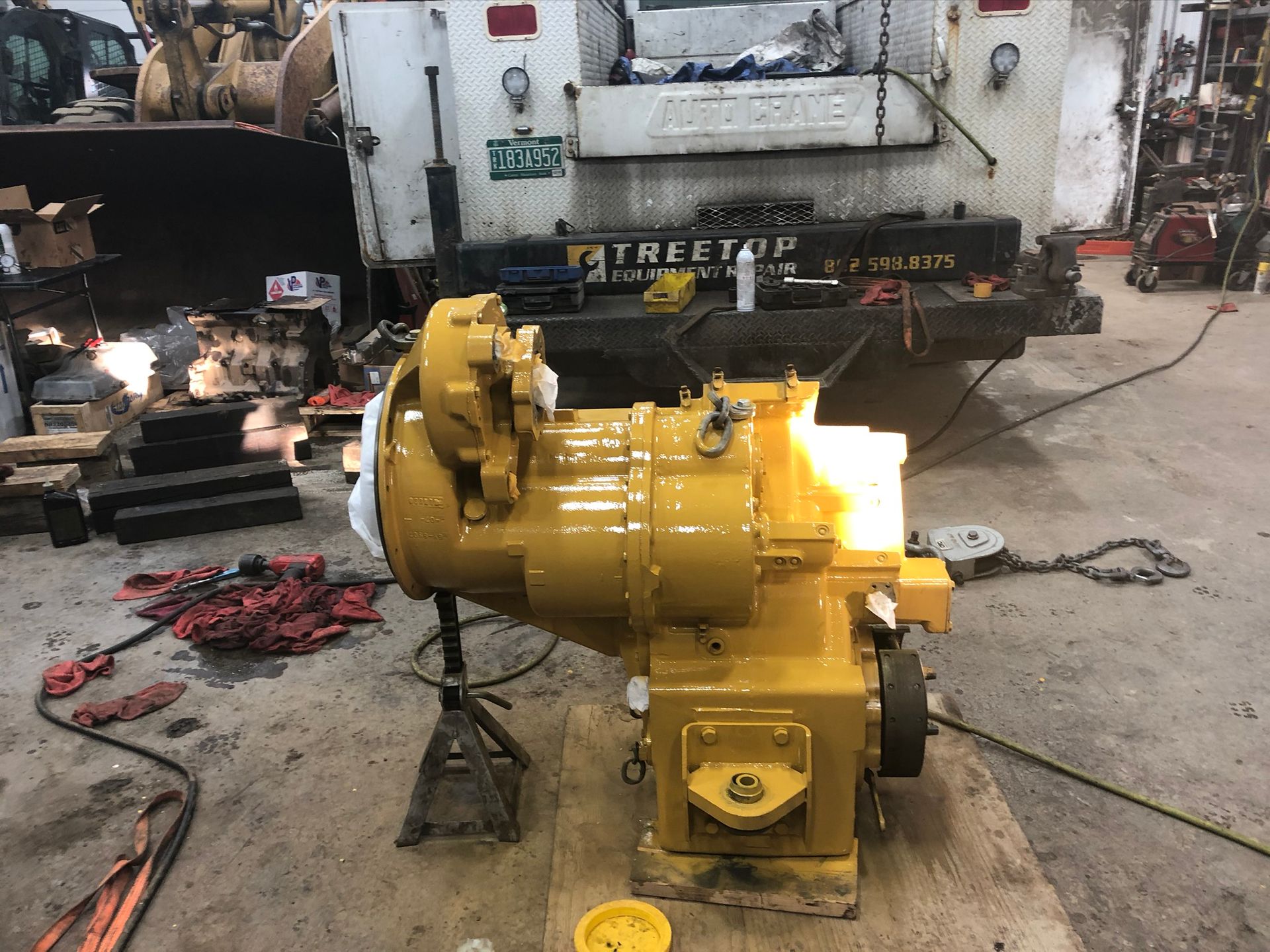Hydraulic Hose Replacement Guide: 7 Warning Signs to Watch For

When to Replace Hydraulic Hoses: Signs You Shouldn't Ignore
Hydraulic systems power much of the heavy equipment used in construction, forestry, agriculture, and trucking. These systems rely on hoses to carry high-pressure fluid that makes the machines work. When these hoses fail, it can stop work completely and create dangerous situations.
You should replace hydraulic hoses when you see signs of external damage (cracks, bulges, kinks), leaking fluid, excessive heat damage, hard or brittle texture, fitting damage, reduced performance, or when they reach 5-10 years of age regardless of appearance. Waiting too long can lead to sudden failures that cause injuries, environmental damage, and costly repairs.
Understanding when to replace hydraulic hoses before they fail can save you time, money, and prevent accidents. This guide covers the warning signs to watch for and what to do when you spot them.
Understanding Hydraulic Hose Failure Risks
Safety Hazards of Worn Hydraulic Hoses
Hydraulic systems operate under extreme pressure - often between 1,000 and 5,000 PSI. When a hose fails, it creates several serious dangers:
- High-pressure fluid injection injuries that can cause severe tissue damage or even amputation
- Slip hazards from fluid on walking surfaces
- Fire risks if hydraulic fluid contacts hot engine parts
- Whipping hose hazards from sudden pressure release
- Dropped loads when hydraulic pressure is lost suddenly
These risks make regular hose inspection and replacement critical for anyone operating or maintaining equipment with hydraulic systems.
Cost of Unexpected Downtime
Beyond safety concerns, unexpected hydraulic failures cost money:
- Lost production time when equipment stops working
- Emergency repair fees which are higher than planned maintenance
- Possible damage to other components when hoses fail
- Environmental cleanup costs for hydraulic fluid spills
- Missed project deadlines due to equipment being offline
A $50 hose that fails at the wrong time could easily cause thousands of dollars in lost productivity and repairs. Planned replacement during routine maintenance is always cheaper than emergency repairs.
7 Warning Signs Your Hydraulic Hoses Need Replacement
Visible Damage and Wear Indicators
Your eyes are your first line of defense against hydraulic failures. Look for these visual signs:
- Cracks in the outer cover - Small cracks mean the rubber is breaking down. These cracks will grow larger over time until failure occurs.
- Bulges or bubbles - These appear when the inner layers of the hose have already failed and fluid is pushing through the weakened areas. Replace immediately when you see bulging.
- Kinks or crushed sections - Hoses that have been bent too sharply or crushed create flow restrictions and weak points. Even if the hose still works, these damaged areas will fail sooner than expected.
- Visible leaks or seepage - Even tiny amounts of fluid coming from a hose or fitting means the seal is compromised. What starts as a small leak will grow larger with time and pressure.
- Excessive abrasion - When the outer cover is worn through from rubbing against other components, the strength layers are exposed and weakened. Look for shiny spots or visible inner layers.
Performance Issues That Signal Hose Problems
Sometimes you'll notice operational problems before seeing visible damage:
- Slow or sluggish operation - When hydraulic actions take longer than normal, it could indicate hose restrictions from internal damage or deterioration.
- Unusual noises - Hissing, squealing, or unusual sounds during operation often signal air in the system from small leaks or connection problems.
- Overheating equipment - When hydraulic fluid can't flow properly through damaged hoses, the entire system may run hotter than normal.
Age-Related Deterioration Signs
Even without visible damage, age takes a toll on hydraulic hoses:
- Hardening or brittleness - Gently bend the hose (when the system is off and depressurized). If it feels stiff rather than flexible, the rubber is deteriorating.
- Surface texture changes - Hoses should have a smooth surface. If they feel rough, sticky, or brittle, chemical breakdown has begun.
- Fitting damage or corrosion - Check where the hose connects to fittings. Rust, corrosion, or damaged crimps indicate potential failure points.
- Service life exceeded - Most manufacturers recommend replacing hydraulic hoses every 5-10 years regardless of appearance, depending on conditions and usage.
Preventative Maintenance for Hydraulic Hoses
Regular Inspection Checklist
Develop a routine for checking your hydraulic hoses:
- Daily visual inspections of easily seen hoses before operation
- Weekly more thorough checks with equipment off and cooled down
- Monthly detailed inspection of all hydraulic hoses, including those in hard-to-see areas
- Quarterly documentation of hose condition and estimated replacement dates
Always inspect hoses when the system is off and pressure is released. Never run your hand along a pressurized hose to check for leaks - use a piece of cardboard or wood instead.
Documentation and Replacement Scheduling
Smart maintenance includes planning ahead:
- Mark installation dates on hoses with weather-resistant tags
- Keep records of when each hose was installed
- Note manufacturer recommendations for replacement intervals
- Schedule replacements during planned downtime
- Keep common replacement hoses in stock for critical equipment
Some operations use color-coded zip ties to mark inspection dates or planned replacement periods, making visual checks easier.
How to Choose the Right Replacement Hoses
Understanding Pressure Ratings and Specifications
Not all hydraulic hoses are the same. You need to match:
- Working pressure rating - Must exceed your system's maximum pressure
- Temperature range - Both minimum and maximum temperatures
- Inner diameter - For proper flow capacity
- Length - Proper length without excess that could lead to kinking
- End fittings - Must match your equipment connections
Using underrated hoses is dangerous. Using overrated hoses wastes money. Finding the right balance matters.
Compatibility Considerations
Beyond basic specs, think about:
- Fluid compatibility - Some fluids require special hose materials
- Environmental conditions - UV exposure, chemicals, and extreme weather affect hose life
- Abrasion resistance needs - Higher grade outer covers for areas with rubbing
- Bend radius requirements - Tighter installation spaces need specific hose types
- Impulse resistance - For systems with pulsing pressure
The equipment manufacturer's recommendations should be your starting point for selecting replacement hoses.
DIY vs. Professional Hydraulic Hose Replacement
When You Can Replace Hoses Yourself
Some hydraulic hose replacements can be handled in-house if:
- You have proper crimping tools for the hose type
- You understand the system requirements
- The hose is easily accessible
- You can safely release pressure from the system
- You have cleaning supplies for inevitable spills
Always release pressure, clean the area thoroughly, and use the exact same type of hose and fittings when doing your own replacements.
When to Call in the Experts
Professional help is best when:
- The hose requires special crimping equipment you don't have
- It's a high-pressure system (over 3,000 PSI)
- The hose routing is complex or hard to access
- You need custom fittings or assemblies
- The equipment is still under warranty
- You need immediate replacement and don't have parts on hand
Professional hydraulic shops can often make custom hoses while you wait, getting you back to work faster than ordering parts.
Cost Factors in Hydraulic Hose Replacement
Parts vs. Labor Considerations
Understanding costs helps with planning:
- Hose material costs vary widely based on pressure rating and size
- Fitting quality affects both price and reliability
- Labor rates for hydraulic specialists typically run $75-125 per hour
- Emergency service fees can double or triple normal rates
- Travel charges apply when technicians come to your site
For large operations, training staff to handle basic hose replacement can save significant money over time.
Long-Term Savings from Timely Replacement
Preventing failures saves money in several ways:
- Avoiding downtime during critical operations
- Protecting other hydraulic components from contamination
- Maintaining efficiency with proper flow rates
- Preventing collateral damage from catastrophic failures
- Maximizing equipment lifespan through proper maintenance
The true cost of a hydraulic hose failure goes far beyond the price of the hose itself.
Keep Your Equipment Running Smoothly with Expert Hydraulic Care
Hydraulic hose replacement is an essential maintenance task that protects your investment in heavy equipment. By knowing the warning signs and acting quickly when problems appear, you can avoid dangerous failures and costly downtime.
Tree Top Equipment Repair specializes in hydraulic systems for construction, forestry, agricultural equipment, and commercial trucks throughout Vermont. Our expert technicians provide:
- Professional hydraulic hose inspection and replacement
- Custom hose fabrication on-site
- Emergency repair services
- Preventative maintenance programs
- Complete hydraulic system diagnostics
Our comprehensive equipment services cover:
Construction Equipment:
- Excavators, bulldozers, cranes
- Backhoes and asphalt pavers
- Heavy machinery maintenance
- Hydraulic system repairs
Forestry Equipment:
- Log loader service and skidder maintenance
- Feller bunchers, mulchers, forwarders
- Harvesters and other specialized equipment
Commercial Trucks:
- Dump trucks, flatbeds, tankers
- Refrigerated trucks and logging trucks
- Diesel engine diagnostics and repair
- DOT inspections and transmission services
Agricultural/Farm Equipment:
- Tractor repair and maintenance
- Combine harvesters, ploughs, balers
- Sprayers, seeders, and specialized equipment
Don't wait for a catastrophic failure to think about your hydraulic hoses. Contact Tree Top Equipment Repair today for a comprehensive inspection of your equipment's hydraulic systems and proactive replacement of any hoses showing signs of wear.
Keep your equipment running safely, efficiently, and profitably with expert hydraulic maintenance from Vermont's trusted heavy equipment specialists.


